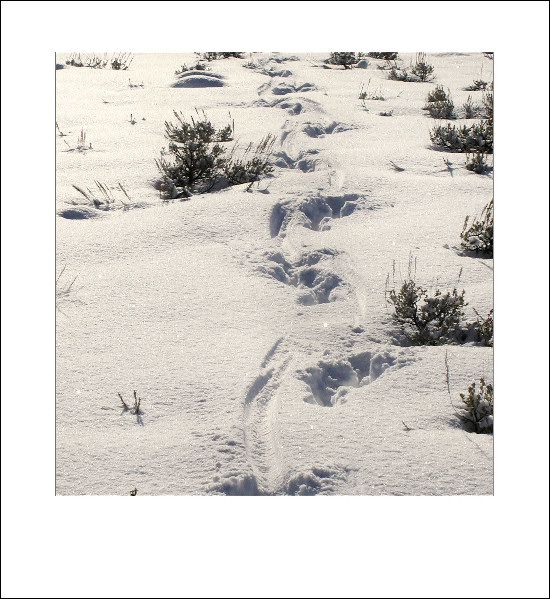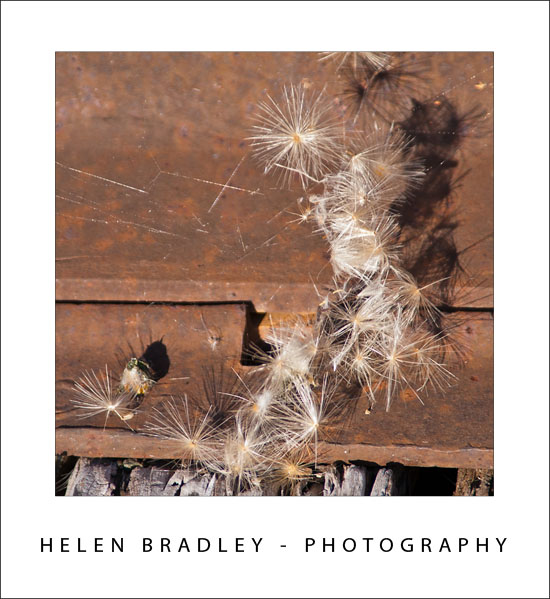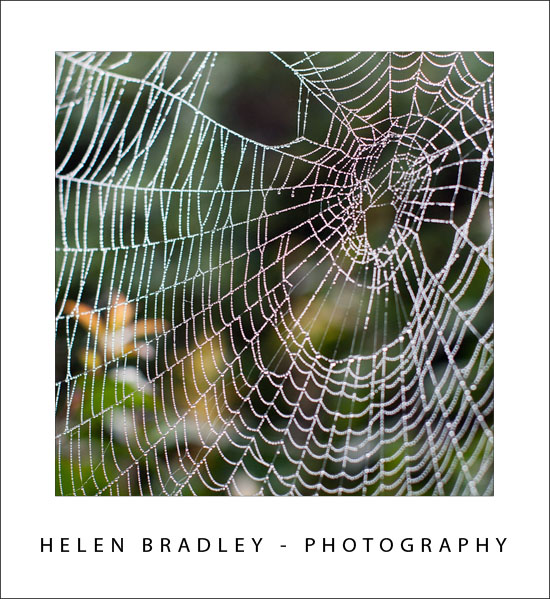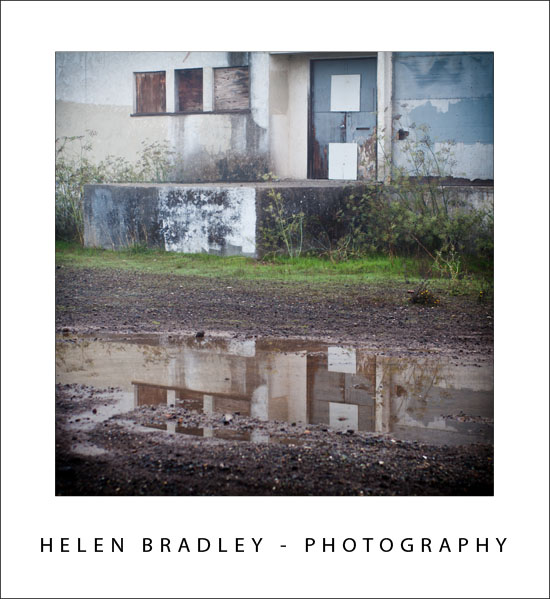Most cameras work just fine in cold weather but their batteries don’t so you’ll treat your camera one way and batteries another.
To avoid condensation affecting your camera it’s best to keep it cold rather than taking it from warm to cold all the time. So, don’t tuck your camera inside your jacket, and if it’s wet use a rainproof covering for it only.
If you get the camera covered in snow just brush or shake it off – don’t rub so it melts into the camera!
On the flip side, a battery’s chemicals will simply not work efficiently if the batteries are cold so tuck them close to your body in an inside jacket pocket until you need them. And expect to consume more batteries in winter as they won’t last as long as they do in warmer months.







